Bridging the Gap: How Cross-Industry Collaboration is Revolutionizing Alcohol Recovery
For decades, the journey to alcohol abstinence has often been perceived as a solitary path, navigated within the confines of specialized clinics and support group meetings. While these traditional models provide essential medical and psychological support, they often exist in a silo, disconnected from the daily realities of a person's life—their work, their social circles, and their community. This disconnect can be a significant barrier to long-term recovery. A promising new paradigm, however, is emerging: the Cross-Industry Supported Alcohol Recovery Program. This innovative approach leverages the collective resources, influence, and infrastructure of diverse sectors—from corporate enterprises and technology firms to the hospitality industry and fitness centers—to create a holistic, integrated, and sustainable ecosystem for recovery.
The Limitations of the Traditional Model
Traditional recovery programs, such as inpatient rehabilitation and 12-step fellowships, are foundational to addiction treatment. They offer critical structure, therapy, and peer support. However, their primary focus is often on the acute phase of recovery—detoxification and initial sobriety. Once an individual completes a program, they are often thrust back into an environment that may not have changed. The same workplace stressors, social pressures, and environmental triggers remain. This "re-entry" phase is notoriously challenging. Without a supportive network that extends into these everyday domains, the risk of relapse is high. The traditional model, while vital, can sometimes fail to address the whole person in the context of their whole life.
The Pillars of a Cross-Industry Supported Program
A cross-industry program is built on the principle that recovery must be supported in every facet of an individual's life. It moves beyond treatment to create a culture of sustained wellness. This model rests on several key pillars:
-
Corporate Sector: Fostering a Sober-Friendly Workplace The workplace is where adults spend a majority of their waking hours. Corporations have a profound role to play. Forward-thinking companies are integrating recovery support directly into their Employee Assistance Programs (EAPs) and corporate wellness strategies. This goes beyond merely offering a referral to a counselor. It includes:
- Manager Training: Educating managers to recognize signs of struggle without stigma and to guide employees toward resources confidentially.
- Flexible Scheduling: Allowing flexible hours for employees to attend therapy sessions or support group meetings without penalty.
- Sober Social Events: Moving away from alcohol-centric company parties and happy hours, instead offering inclusive events focused on activities, wellness, or family.
- Peer Support Networks: Creating internal, confidential employee resource groups for those in recovery or seeking it, providing a safe space for shared experience within the professional context.
By creating a supportive and understanding work environment, employers not only aid in an employee's recovery but also benefit from reduced absenteeism, higher productivity, and increased loyalty.
-
Technology Industry: Digital Tools for Continuous Support In our connected age, recovery support can be available 24/7 through digital platforms. The tech industry contributes through:
- Telehealth and Apps: Providing access to licensed therapists and counselors via video calls, and offering recovery-tracking apps that help individuals monitor triggers, cravings, and milestones.
- Online Communities: Facilitating anonymous, moderated online forums and virtual support group meetings, making help accessible to those in remote areas or with social anxiety.
- Data Analytics: Anonymized data can help public health officials and program directors identify trends, measure the effectiveness of interventions, and tailor resources to community needs.
-
Fitness and Wellness Industry: Healing the Body and Mind Physical health is intrinsically linked to mental health. Gyms, yoga studios, and wellness centers can become crucial partners by offering:
- Specialized Programs: Designing fitness classes or memberships specifically for individuals in recovery, focusing on activities that reduce stress, improve sleep, and rebuild a positive self-image.
- Community Building: Exercise provides a natural, healthy alternative to bar culture, fostering new social connections based on shared wellness goals rather than substance use.
-
Hospitality and Entertainment: Redefining Social Norms One of the biggest challenges in recovery is navigating a social world saturated with alcohol. The hospitality industry can be a powerful ally by:
- Promoting Zero-Proof Options: Restaurants and bars can train staff to be knowledgeable and enthusiastic about sophisticated non-alcoholic cocktails (mocktails) and other beverages, making abstaining a celebrated choice rather than an awkward exception.
- Creating Alcohol-Free Venues and Events: Supporting or hosting events, from live music to art galleries, where the focus is on the experience itself, not the drinking.
-
Healthcare and Insurance: Integrated Care and Financial Accessibility The medical and insurance industries are the backbone, ensuring the model is clinically sound and financially viable.
- Integrated Care Models: Primary care physicians can be trained to screen for alcohol use disorder and seamlessly refer patients into the cross-industry network.
- Insurance Coverage: Advocating for comprehensive insurance coverage that includes not only traditional rehab but also wellness activities, counseling apps, and other supportive services recognized by the program.
Implementation and Challenges
Implementing such a collaborative model is not without its challenges. It requires:
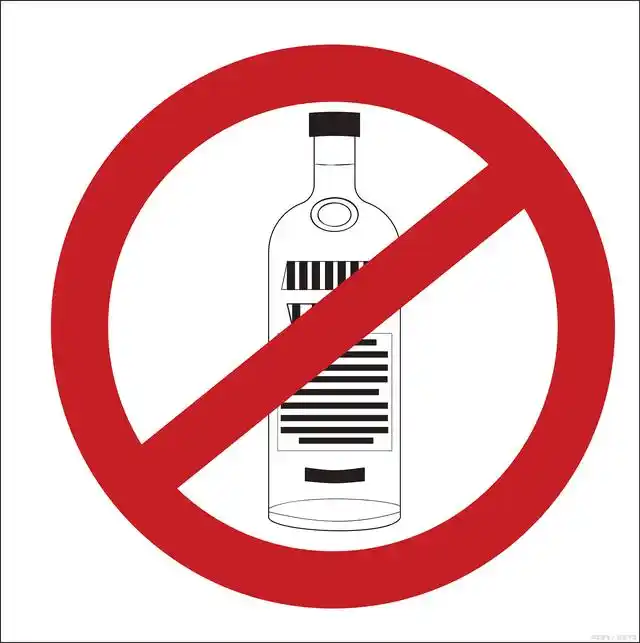
- Breaking Down Silos: Different industries have different languages, goals, and operational styles. A central coordinating body or non-profit organization is often necessary to facilitate communication and partnership.
- Confidentiality: Strict protocols must be in place to protect participants' privacy across all partner organizations.
- Funding and Sustainability: Initial funding may come from grants or corporate social responsibility budgets, but long-term sustainability requires demonstrating a clear return on investment, both in human and economic terms.
Despite these challenges, the potential benefits are immense. Pilot programs in various cities have shown promising results, including higher rates of long-term abstinence, improved mental health outcomes, and stronger community cohesion.
Conclusion: A Collective Responsibility
Alcohol use disorder is not merely a personal failing; it is a complex public health issue that responds to environment, community, and opportunity. The Cross-Industry Supported Alcohol Recovery Program represents a shift from viewing recovery as an individual's solitary battle to understanding it as a collective responsibility. By weaving a safety net made from the strong threads of corporate policy, technological innovation, wellness culture, and inclusive social spaces, we can create a world where the path to abstinence is not a lonely road but a supported journey. This holistic approach does not replace traditional methods but enriches them, offering a comprehensive, compassionate, and ultimately more effective framework for building a life free from alcohol.
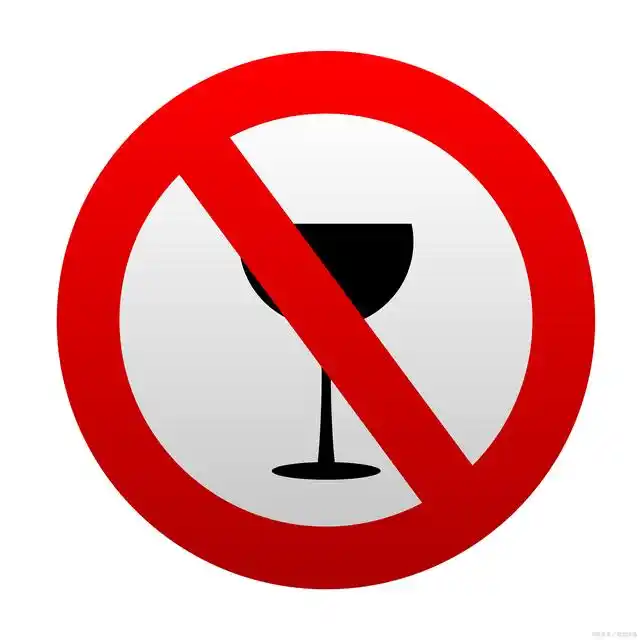
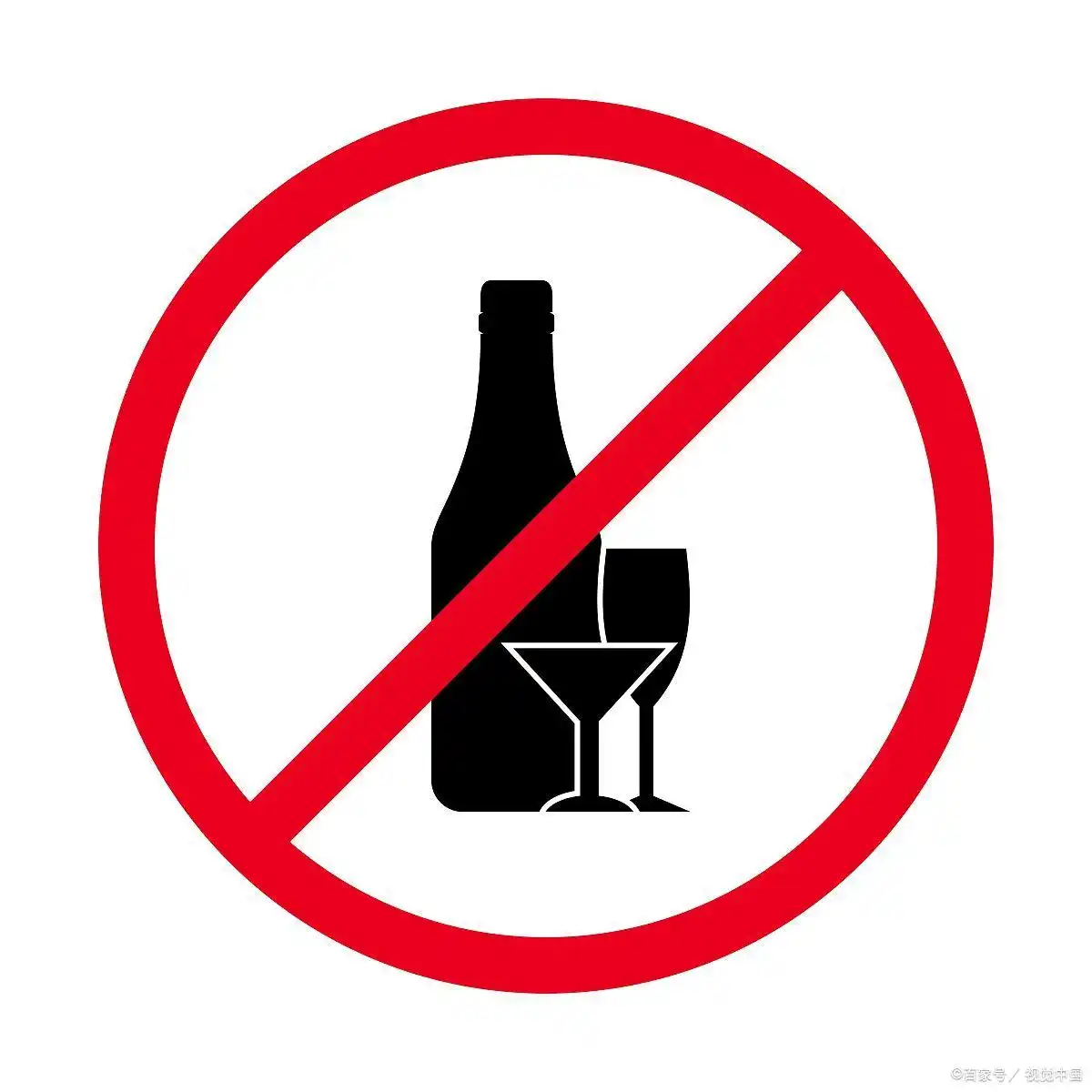
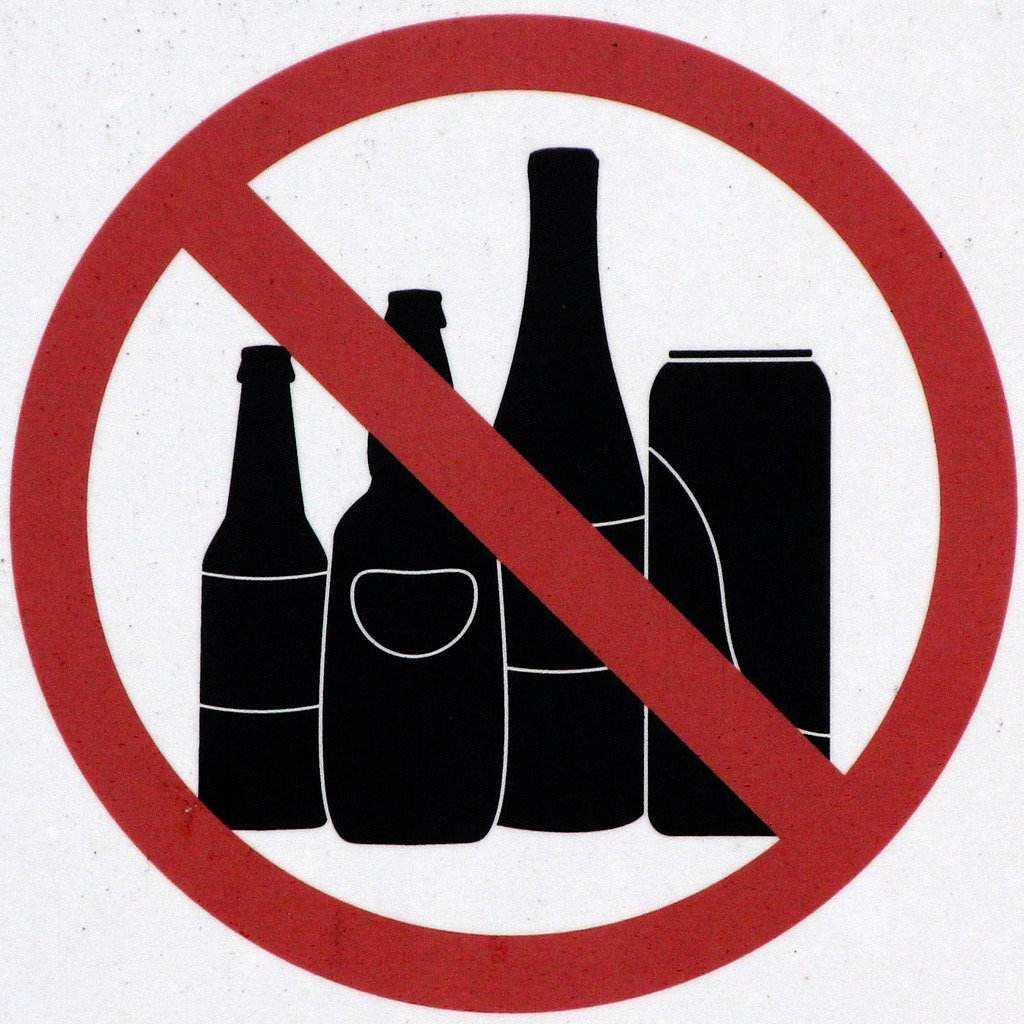
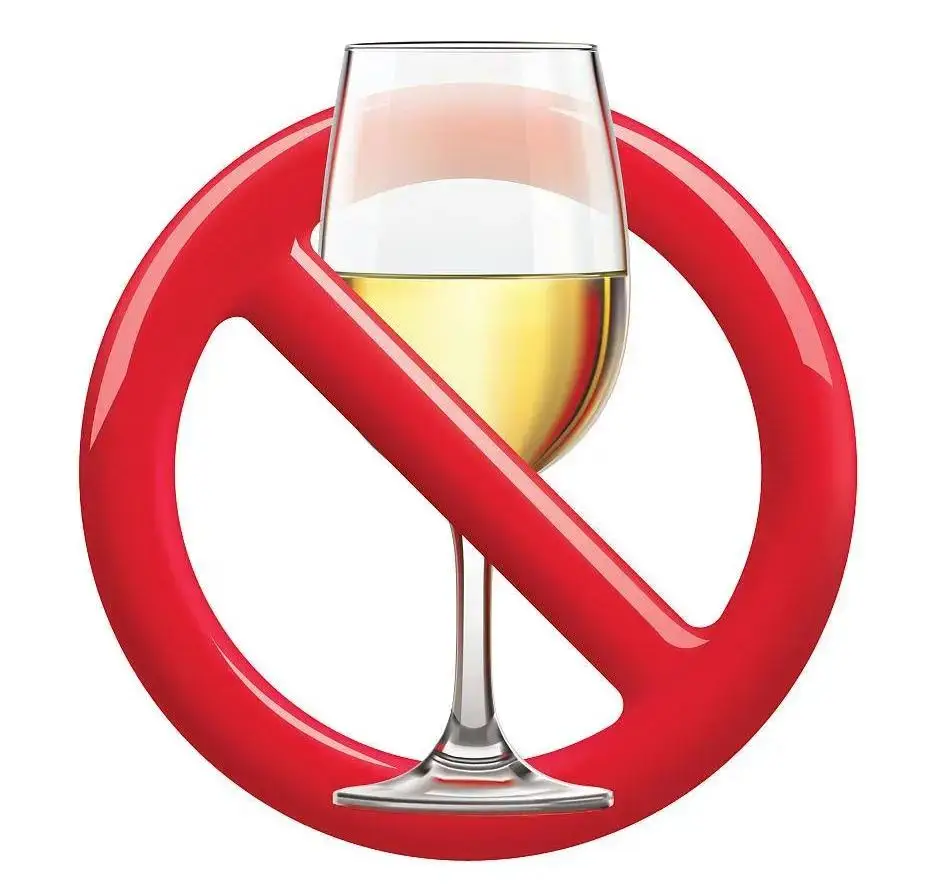
发表评论